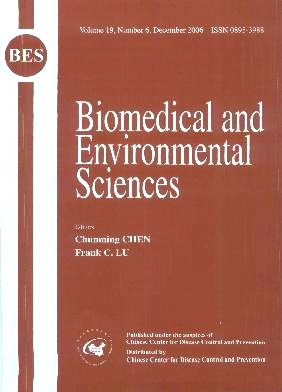Influences of Copper Speciation on Toxicity to Microorganisms in Soils
-
Key words:
- Copper speciation /
- Toxicity /
- Microbial community
Abstract: Objective To investigate the relationship between copper speciation and microbial features (microbial communities and copper tolerance level) in order to determine the adverse effect of different forms of Cu on microorganisms. Methods Tessier's sequential extraction procedure was used to qualify the different Cu forms (exchangeable, carbonate bound, Fe/Mn oxide bound, residue and organic matter bound), and the copper tolerance level (expressed as IC50, influence concentration) was measured by the plate-count method. Results By simple correlation analysis, the IC50 was positively correlated with the concentration of exchangeable Cu (R2=0.8204), while weakly correlated with other forms of Cu. Conclusion The bacterial community tolerance increases in the copper-contaminated soil while sensitive bacteria decrease in the copper-contaminated soils. The exchangeable Cu exerts high toxicity to microbial communities.
| Citation: | SHU-JUAN SUN, JIAN XU, SHU-GUI DAI, XUE HAN. Influences of Copper Speciation on Toxicity to Microorganisms in Soils[J]. Biomedical and Environmental Sciences, 2006, 19(6): 409-413. |







 Quick Links
Quick Links
 DownLoad:
DownLoad: